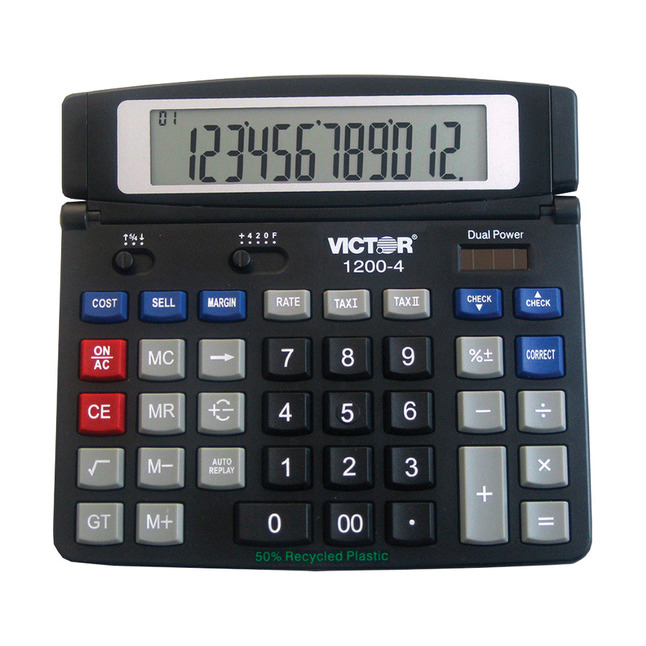How to teach your child grammar
4 ways to teach you're (sic) kids about grammar so they actually care
First, a grammar quiz. Which of these sentences do you think begins the Eric Carle classic, The Very Hungry Caterpillar?
a) A little egg lay on a leaf in the light of the moon.
b) On a leaf, in the light of the moon, a little egg lay.
c) In the light of the moon, a little egg lay on a leaf.
Grammatically speaking, all three options are correct. But you’ve probably got an opinion on which of these grammatical constructions is best.
Perhaps you chose (a) because you know what is happening in the first few words through the subject (“a little egg”) and its verb (“lay”). Maybe you chose (b) because the prepositional phrases (“on a leaf” and “in the light of the moon”) create an ambient setting before introducing the subject.
Read more: 'I'm in another world': writing without rules lets kids find their voice, just like professional authors
The only way to know which one Carle chose to begin the caterpillar’s epic adventure is to open the first page. But I’ll save you the trouble: it’s (c). I’ll let you ponder why Carle might have chosen it.
So, how was this a grammar question?
In each option, the same three parts were arranged in a different order, which creates a different effect. Knowing how these parts function to create the effect is a type of grammatical knowledge. Even if you were unaware of terms like subject or verb, you could probably still make sense of what each does.
A way to make meaning; not a set of rules
Let’s try again. Take a look at the next line in the story and decide which clause best completes the sentence.
One Sunday morning, the warm sun came up and — pop! —
a) out of the egg came a tiny and very hungry caterpillar.
b) a tiny and very hungry caterpillar came out of the egg.
The author of The Very Hungry Caterpillar chose his phrases carefully to express precise meaning. ShutterstockWhile option (b) has a more typical structure, the one Carle chose was (a).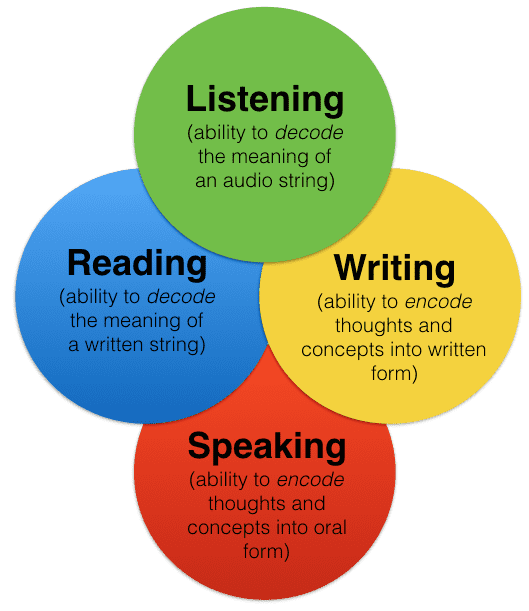 You might have noticed that the inverted structure in (a) seems to flow more easily from the first clause. But why?
You might have noticed that the inverted structure in (a) seems to flow more easily from the first clause. But why?
The prepositional phrase (“out of the egg”) first creates an image of something we already know. The directional verb (“came”) shows the movement towards us, the reader, as opposed to away from us (“went”). Finally, after a little pre-modifier for description (“a tiny and very hungry”), we reveal the subject (“the caterpillar”) in all its glory at the end of 21 words of anticipation.
And this is a book for pre-schoolers.
So, here’s the whole point of knowing how to grammar: we can shape it to express precise meaning.
A child with a broad repertoire of grammatical knowledge can skilfully choose how to phrase what they want to say. It is useful to know how adverbial phrases (such as “with its legs”) add specific detail to verbs to show when, where, how, or why (“the caterpillar felt the leaf with its legs”), or how repeated clause structures attract attention to themselves.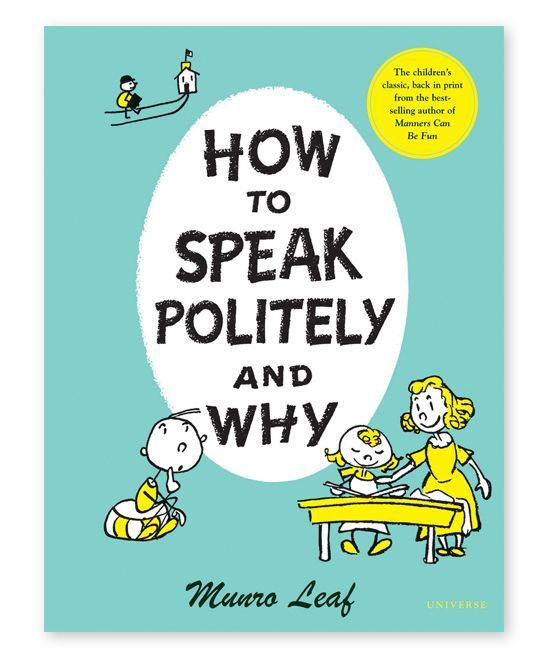
This isn’t limited to literature. You’ll see children playing with grammar in unconventional ways when they text. It’s common to see words, letters and punctuation omitted in textese resulting in phrases like “am goin out now c u soon”.
Read more: Text-messaging isn’t, like, ruining young people’s grammar
What I’ve discussed here is how grammar is a set of tools to make meaning rather than a set of rules to follow.
The difference is in how we teach it.
How can you teach it?
Discrete grammar exercises such as circling pronouns in a passage are quite useful for mastering the art of pronoun circling, but they do little to improve the mastery of writing. Grammar is learned contextually.
If we want children to use pronouns effectively in their writing, we need to teach them how authors use them for literary effect in texts. Research has shown children learn to apply grammar in their writing carefully and creatively when we teach it in the following ways.
1. Show how grammar works in texts
Provide a clear link between a piece of grammatical knowledge and how authors use it to make meaning. So, rather than telling your child to “use more determiners and pronouns”, show them how determiners and pronouns create cohesion between ideas.
For example:
Earth turns on its axis in a full rotation. Each takes 24 hours, and this is what creates day and night.
Each of the bolded words points back to another word (“its” back to “Earth” and “each” back to “rotation”) or phrase (“this” back to “each rotation”) that ties the text together.
This makes the text flow. Imagine how cumbersome and confusing it would be to read a book if words repeated themselves instead of being “pointed” back to.
2. Use examples and make them authentic
Grammar is abstract, so use examples rather than lengthy explanations.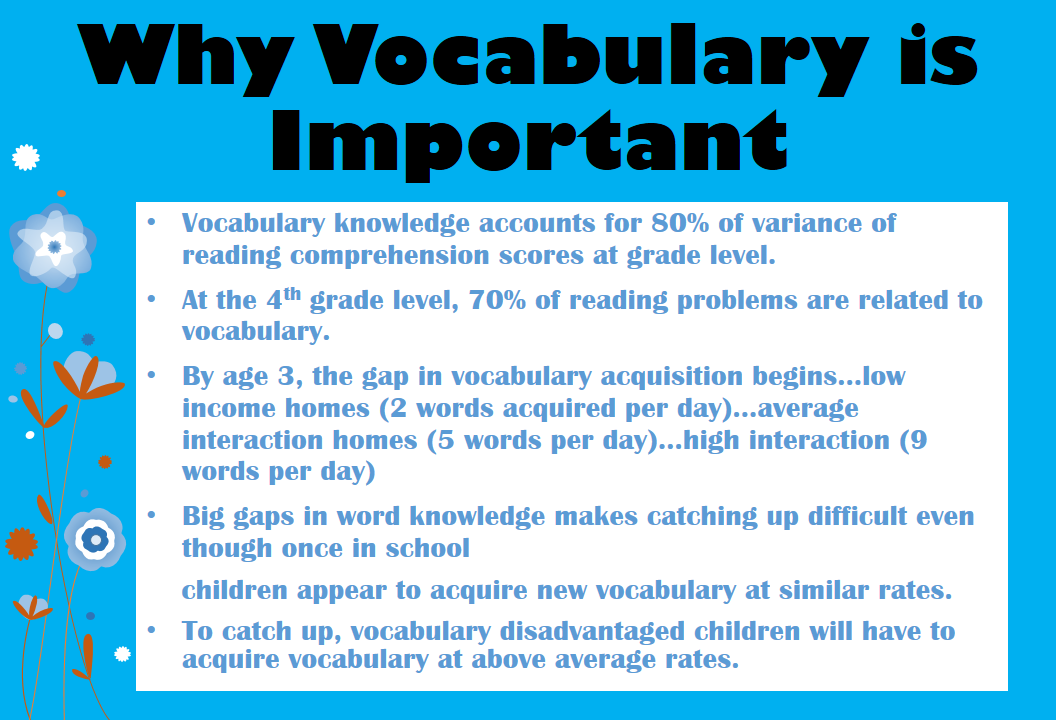 The best kind of example is one you find in published literature. Open a book or article and highlight where the grammar exemplifies what you want to teach.
The best kind of example is one you find in published literature. Open a book or article and highlight where the grammar exemplifies what you want to teach.
When I want to teach a student to “zoom in” on an object using specific nouns, I open up the first page of Neil Gaiman’s The Graveyard Book, which reads:
There was a hand in the darkness, and it held a knife.
This grammatical construction dehumanises the person whose hand it is, giving agency to the hand. It’s a spooky effect cemented by the final noun — knife.
3. Make room for discussion
Ask your child what they are trying to write. For instance: “What effect are you trying to create here?”
Then use this information to decide what kind of grammar will help them do that. For instance: “Try using the passive voice, like "His eyes were drawn to the fire”, to make the character feel like they’re not in control".
Ask your child to tell you how they might use it
How could you use the passive voice here to create this effect?
4.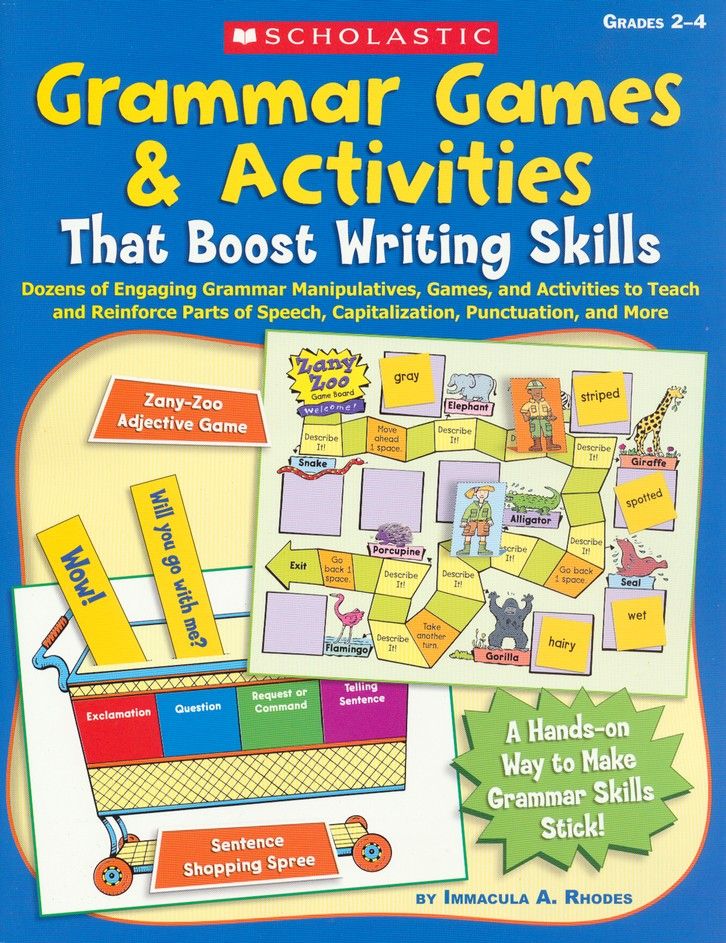 Encourage language play
Encourage language play
We saw with our Very Hungry Caterpillar example that playing with parts of sentences helps authors make grammatical choices. Ask your child to experiment by reordering parts or splitting the subject and verb, and then notice what happens. You’ll be surprised by a child’s intuitive grammatical knowledge.
13 ways to make grammar fun for children
With all Year 6 children required to take a spelling, punctuation and grammar test and more emphasis on the technical side of English in the primary curriculum, we asked the experts for their top tips and practical activities to help your child engage with – and enjoy – grammar.
or Register to add to your saved resources
When the government introduced the Year 6 Grammar, punctuation and spelling (SPAG) test in summer 2013, it showed a commitment to a more formal approach to grammar in primary schools.
The previous national curriculum was somewhat vague about how grammar should be taught; for example, in Key Stage 1, it simply stated that ‘pupils should be taught some of the grammatical features of written standard English’.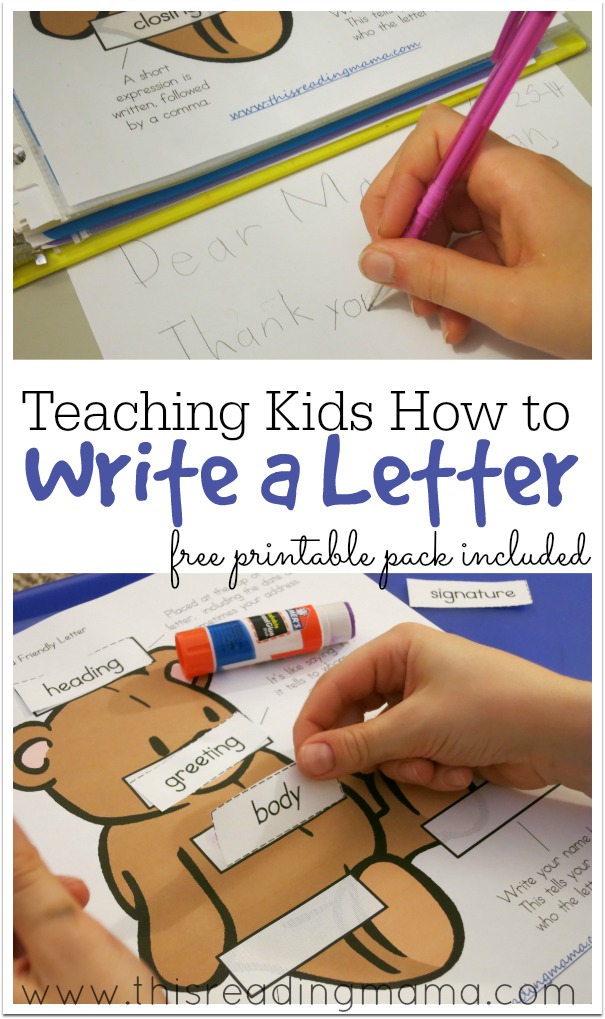 The current curriculum (adopted in 2014), however, sets out exactly which grammatical concepts should be taught in each school year, from capital letters and full stops in Year 1 right through to using passive tenses, independent clauses, colons and semi-colons in Year 6.
The current curriculum (adopted in 2014), however, sets out exactly which grammatical concepts should be taught in each school year, from capital letters and full stops in Year 1 right through to using passive tenses, independent clauses, colons and semi-colons in Year 6.
So how can you help your child to get to grips with grammar, and actually enjoy it?
Making grammar fun for primary-school children
1. Use actions
‘Children often learn best with a multi-sensory approach, so we teach a different action for each part of speech,’ says Sara Wernham, teacher and co-founder of the Jolly Grammar scheme. For example, children touch their forehead with all five fingers for a common noun (such as ‘chair’ or ‘car’), and pump their arms backwards and forwards as if jogging for a verb (such as ‘walk’ or ‘listen’) – you’ll find the full list of actions on page 11 of the free online Jolly Grammar Guide.
‘Play games where you call out a word and get your child to do the correct action; it can get very silly, but it makes him think about what words are doing,’ Sara suggests.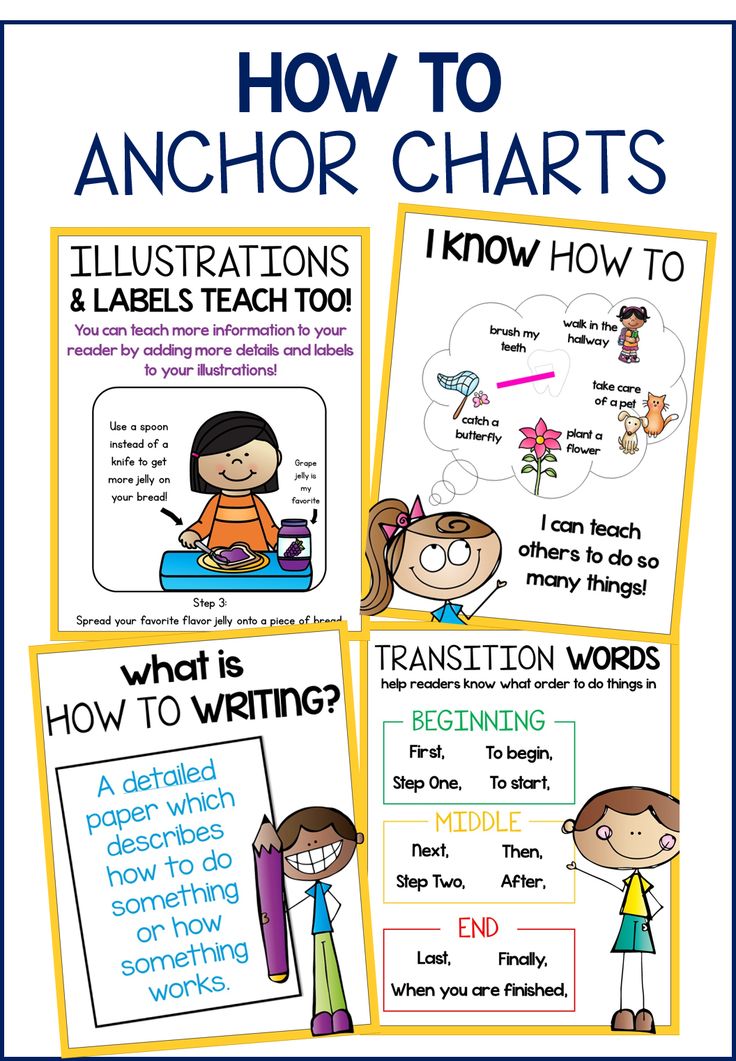
Or why not learn a few grammar songs or raps to sing with your child? Primary school teacher turned rapper MC Grammar offers grammar raps and lessons on his website and the MC Grammar YouTube channel.
Boost your child's grammar skills
- Perfect Punctuation Workbook
- Grammar Games Pack
- PLUS 100s of other grammar resources
Download Now
2. Get your sentences in order
For younger children, write the words of a simple sentence – such as, ‘A duck swims on the pond.’ – on individual slips of paper, and get them to put the words in the correct order, with a capital letter at the beginning and a full stop at the end.
3. Keep it simple
‘Grammatical terms can be confusing, so it helps to simplify the terminology,’ says literacy consultant John Bald, who provides free advice to parents.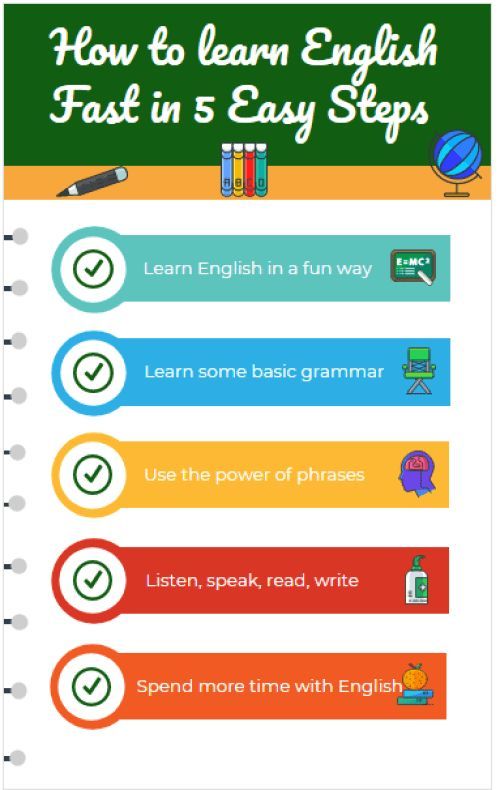 ‘I refer to articles (a, an, the) as “companion words” – because all words need a little friend – and group adjectives and adverbs together as they both “add” something to a noun. Another thing to highlight is that not all verbs are “doing words” – it is confusing to say that they are, as the verbs to be and to have, the most common, don’t "do" anything! My way of explaining this is to think of things that obviously don’t do anything – for example, the dog is dead, my shirt has a hole in it – and to practise picking verbs out. It causes a lot of confusion later if children think all verbs have to do things.'
‘I refer to articles (a, an, the) as “companion words” – because all words need a little friend – and group adjectives and adverbs together as they both “add” something to a noun. Another thing to highlight is that not all verbs are “doing words” – it is confusing to say that they are, as the verbs to be and to have, the most common, don’t "do" anything! My way of explaining this is to think of things that obviously don’t do anything – for example, the dog is dead, my shirt has a hole in it – and to practise picking verbs out. It causes a lot of confusion later if children think all verbs have to do things.'
4. Read what’s around you
‘Grammar is all about pattern, and patterns are everywhere in the world, so use them as a starting point to talk about grammar,’ suggests education consultant Geoff Dean. ‘For example, the names of hairdressers’ shops and the slogans on the sides of lorries can teach children a lot about language and meaning.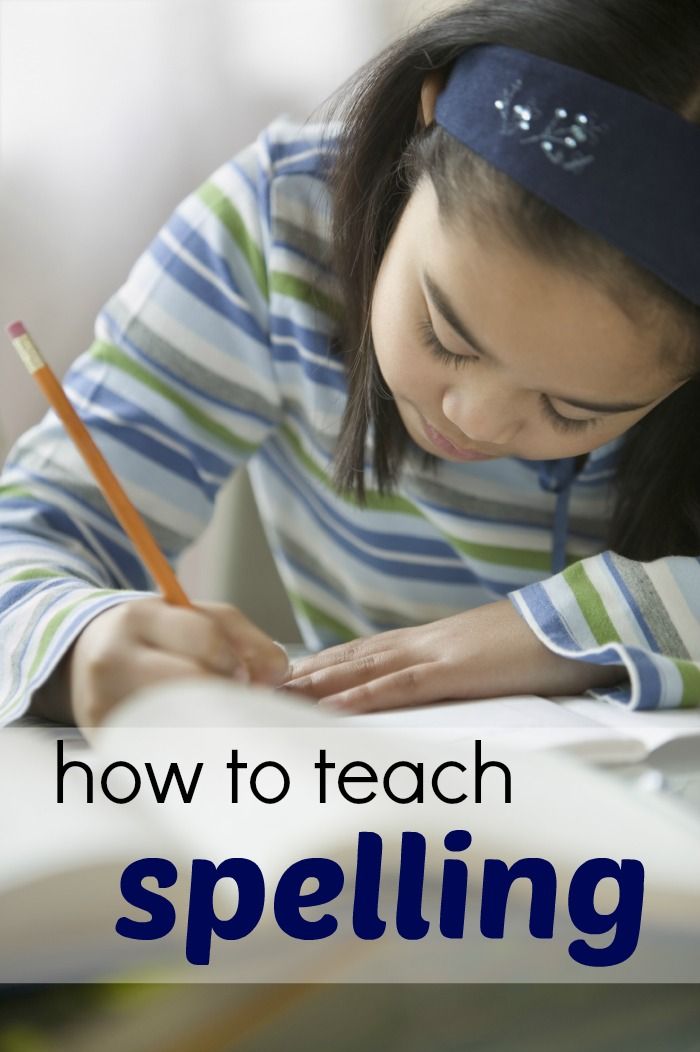 ’
’
5. Be colourful
Montessori teachers – and the Jolly Grammar scheme – both allocate a colour to each specific part of speech:
- Nouns: black
- Pronouns: pink
- Adjectives: blue
- Verbs: red
- Adverbs: orange
- Conjunctions: purple
- Prepositions: green
‘To help your child get to grips with parsing – analysing a sentence in terms of its parts of speech – type some sentences on the computer and get him to highlight each part of speech in the correct colour,’ says Sara. You can also do this on paper with felt tips.
6. Get the stickers out
‘One parent I worked with came up with the idea of getting her child to write out sentences and then stick a sticker at the end of each as a full stop,’ says John – instant reinforcement as your child learns.
7. The opposites game
Help your child understand antonyms (opposites) by calling out words like hot, big, slow, easy and getting him to shout out the opposite. Alternatively, get your child to shout words that mean the same as the ones you’re calling out (synonyms).
Alternatively, get your child to shout words that mean the same as the ones you’re calling out (synonyms).
8. Three-course sentences
‘A good analogy to help children with sentence construction is to think of sentences in terms of eating out,’ says John. For example:
- Main course: a simple sentence with a subject and a verb
- Starter + main course: include a starter phrase, such as ‘yesterday’ or ‘one day’
- Main course + dessert: include a link word (a conjunction or connective like ‘then’ or ‘because’) or strong punctuation, like a semi-colon or colon
Your child can then build up sentences with starter, main course and dessert, and so on…
9. Silly sentence makers
Appeal to your child’s silly side by encouraging him to make up funny sentences which still make grammatical sense. Write a selection of subjects, verbs, adjectives, adverbs, connectives etc on individual flashcards and get your child to compose crazy sentences, such as, ‘The hairy baby rode to the moon on a purple banana. ’
’
10. Tense tents
To help your child understand verb tenses, draw some ‘tense tents’ on pieces of paper. Write down some verbs in their various tenses – present (e.g. play), past (played), future (will play), future continuous (will be playing) and so on – and get your child to move the verbs into the correct tent.
11. Take control over sentences
‘A good activity for older children is to challenge them to write sentences of at least 25 words that only contain one verb,’ suggests Geoff. ‘This exercise helps them to understand how to control a sentence, rather than overcomplicating it.’
12. Dictionary corner
‘Learning to use a dictionary is an important part of mastering grammar,’ says Sara. Build familiarity with the dictionary by playing games with it: for younger children, write down a mixture of correctly and wrongly spelled words (‘toothbrush’ and ‘toofbrush’) and get them to find the right spelling, or challenge an older child by calling out unfamiliar words and timing how long it takes him to find the definition.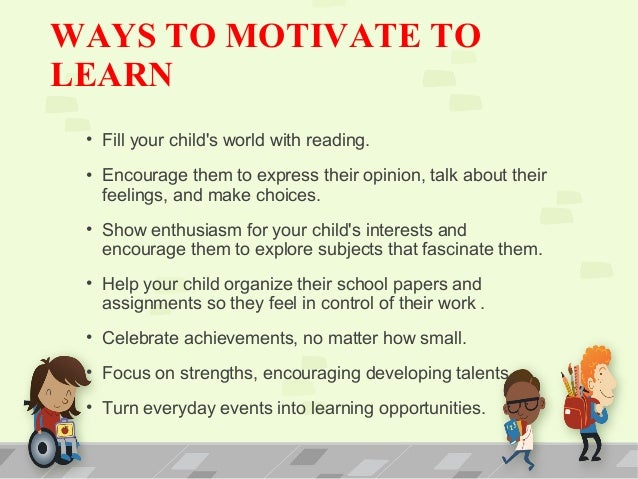
13. Use online resources and games
There’s a wealth of interactive games that can make grammar fun. Try:
- The British Council’s grammar games
- BBC Bitesize Grammar and the BBC Bitesize interactive game Crystal Explorers: children need to use their knowledge of grammar, punctuation and spelling to unlock challenges and solve fiendish puzzles
- Best grammar and punctuation apps for children
- SPaG Monsters is an online game which focuses on core literacy skills (free trial followed by paid subscription).
- TheSchoolRun's grammar worksheets
- Great Grammar Games, a 100-page learning pack for TheSchoolRun subscribers
To brush up on your own knowledge of grammatical terminology read more articles about grammar for primary-school children or look through our literacy glossary:
- What is an adjective?
- What is an adverb?
- What are connectives?
- What are prepositions?
- What is a clause?
- What are simple, compound and complex sentences?
- What are direct and indirect speech?
How to teach a child to write correctly: advice from the author of school textbooks on the Russian language
Ekaterina Buneeva, Doctor of Pedagogical Sciences
All children are very different: some grasp everything on the fly, memorize a new rule already in class and perform exercises almost without errors, others memorize more slowly, others, no matter how much you fight with them, still make mistakes.
How to help a child at home? Repeat the rules with him? Do dictations? Do more exercise? In this regard, either a true story, or an anecdote, or an episode from the film immediately pops up: the teacher tells the student after the lessons to write the word “walked” a hundred times on the board, in which he is constantly mistaken. When she returns to class, the entire blackboard is covered with the word "walked", and at the bottom in large size: "I wrote everything and went home!"
The point is not how many exercises the child has done, how many times he has written a difficult word, and whether he recites the rule by heart. If there is no so-called "innate literacy", in order to write without errors, you need to be able to find (see) in words or between words those places to which the rules should be applied.
The vast majority of schoolchildren do not know how to do this, they do not have spelling vigilance. The same is with sentences: children do not see, do not know how to look for boundaries of semantic segments in a sentence - punctuation marks. They need to be specially trained for this.
They need to be specially trained for this.
If we want children to write correctly, we must be patient.
We adults should be well aware that spelling and punctuation skills develop slowly and in each child at their own pace. Unfortunately, only a few who are very lucky have "innate literacy", two or three school lessons and home exercises are enough for them. But most need regular classes, with constant repetition and a gradual expansion of the range of rules being studied.
Source.
4 important spelling skills
They help the child to write correctly. In other words: he can do this and that - he writes competently.
The ability to see spellings
That is, places in words and between words where you need to choose a spelling from several options (“o” or “a”, “e” or “and”, together or separately, “b” or “b” ", with or without "b", etc.). In this case, only one option is correct.
You need to find spellings in words according to special features.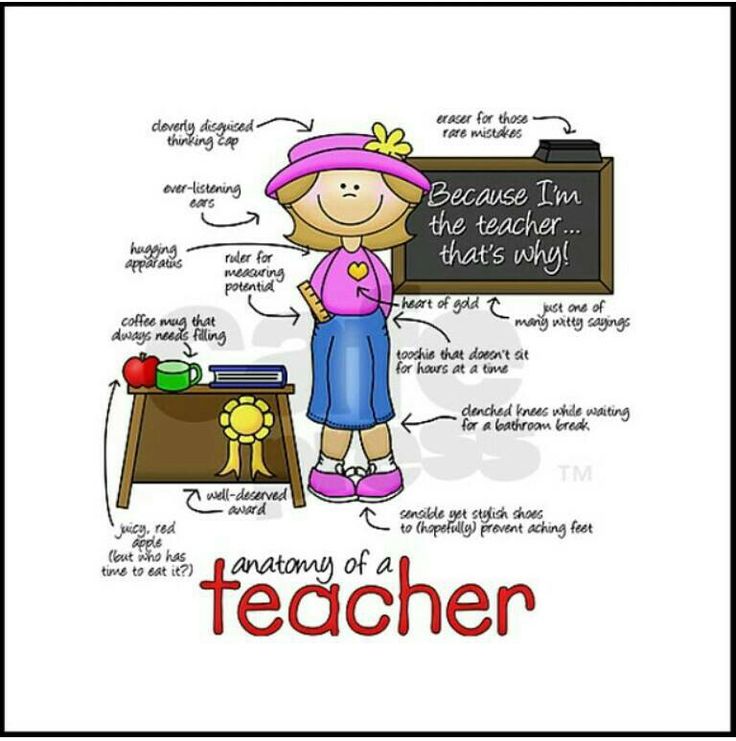 For example, if in a word we hear a deaf paired consonant sound at the end: “zu [p]”, “le [f]”, this is an identification sign of the spelling - the letter of the consonant being checked. Having found this "dangerous place", the child applies the rule. Each spelling can be found in a word according to certain signs, and this must be specially taught, to show these signs. Most often, this is why children (and adults too) write illiterately: knowing the rule, they do not see in the word the place to which it needs to be applied.
For example, if in a word we hear a deaf paired consonant sound at the end: “zu [p]”, “le [f]”, this is an identification sign of the spelling - the letter of the consonant being checked. Having found this "dangerous place", the child applies the rule. Each spelling can be found in a word according to certain signs, and this must be specially taught, to show these signs. Most often, this is why children (and adults too) write illiterately: knowing the rule, they do not see in the word the place to which it needs to be applied.
Ability to choose spelling
Once a child has found the point of application of a spelling rule in a word, he can easily apply this rule and choose the correct spelling. We use the same example: to select a letter at the end of the words "zu[p]", "le[f]", we select test words ("teeth", "lions"), we hear a distinct consonant sound before the vowel - and write "tooth" , "a lion".
The ability to explain the choice of spelling orally and graphically
This skill is needed both when the child writes and when he checks what is written.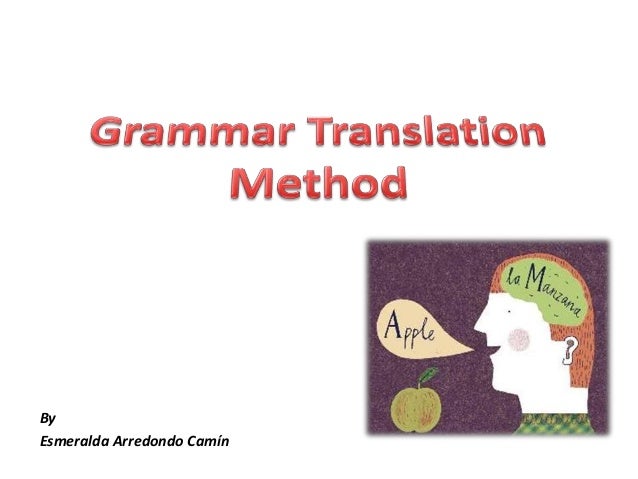 Easier, faster and more beneficial to do it graphically . For example, when explaining the choice of the letters "b" and "c" at the end of the words "zu [p]" and "le [f]", the child should write like this: "tooth - teeth"; “lion - lions” (he underlines the letter “y” with two lines, because it denotes a vowel sound under stress and helps to choose the spelling). By making such designations, the child essentially translates the content of the rule (text) into a different, more concise and visual, "speaking" form. Both he and the adult understand why this particular spelling was chosen.
Easier, faster and more beneficial to do it graphically . For example, when explaining the choice of the letters "b" and "c" at the end of the words "zu [p]" and "le [f]", the child should write like this: "tooth - teeth"; “lion - lions” (he underlines the letter “y” with two lines, because it denotes a vowel sound under stress and helps to choose the spelling). By making such designations, the child essentially translates the content of the rule (text) into a different, more concise and visual, "speaking" form. Both he and the adult understand why this particular spelling was chosen.
Photo from the personal archive of the author.
Ability to find and correct errors
It is based on the previous three. To test himself (during a dictation, presentation, any written work), the child must do the same actions:
- make sure that the spelling is found correctly by identifying features;
— apply the rule;
- explain the spelling graphically.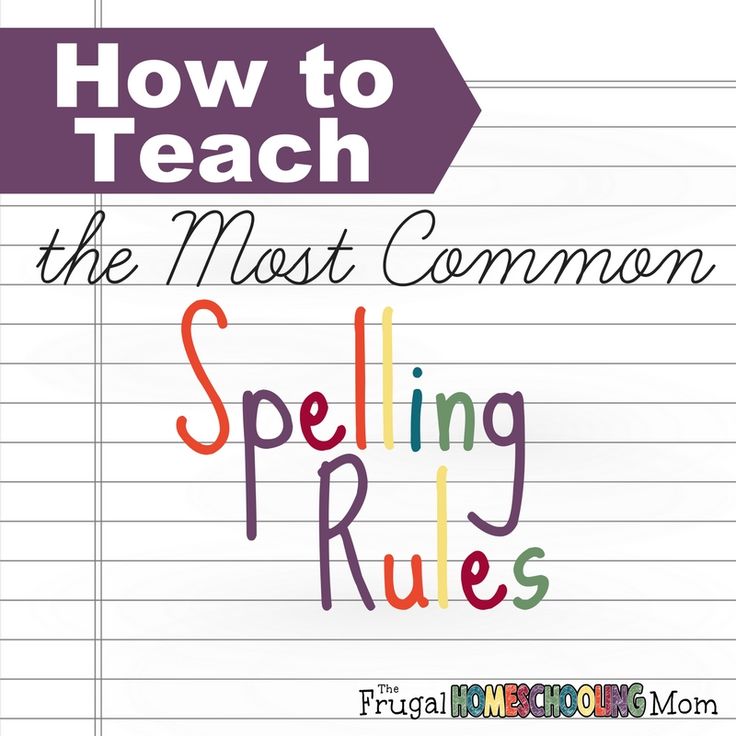
That is why I recommend a simple technique for parents and teachers: write through the line. We always leave the top line above the sentence empty, and when checking, all the necessary designations and entries are made on this line. If, in the process of such a check, the child himself finds his mistake and corrects it, the mark should not only not decrease - on the contrary, the child should be praised and encouraged in every possible way. It is absolutely illogical and very harmful when at school a child is lowered for blots and corrections for written work.
Tips for parents who take care of the child themselves
1. Every child has typical, most frequent mistakes. First of all, it is necessary to determine which ones, arrange the rules in the order of their interconnection and increasing difficulty. Next, determine what necessary basic knowledge about the language and skills the child lacks in order to master these spellings. These gaps must first be filled and only then do the actual spelling. So consistently you need to work out all the rules relevant to the child.
So consistently you need to work out all the rules relevant to the child.
2. It makes no sense to just do exercises and write dictations. We need a methodically competent system of exercises with special graphic symbols, which the child understands and accepts.
3. It is better if the child is motivated, that is, he writes meaningfully and with desire. As soon as he sees that everything is not so scary and the first results appear, the process will begin.
4. In no case should this process be artificially accelerated, rush the child, get angry with him, compare the child with his more successful classmates. You only need to compare with yourself: last time there were ten mistakes, and today there are only eight. You are great, you are moving forward.
If you follow these tips and work methodically correctly, the result will be sure.
Post cover: pexels.com.
How to teach a child to write without mistakes: we train in writing dictations
It would seem that in the age of high technology dominance, the ability to write correctly and express one's thoughts will disappear as unnecessary. But even the most perfect computer program cannot always recognize an error in the text and construct a sentence correctly.
But even the most perfect computer program cannot always recognize an error in the text and construct a sentence correctly.
Therefore, it was and remains important and necessary to know the rules of the Russian language and the ability to apply them in practice.
But what if the child constantly writes with errors? And is it possible for an adult to learn literate writing? You will learn how to teach a child to write without errors in this article.
Prostock-studio/Shutterstock.com
Content:
- Causes of writing errors in children
- What is dysgraphia?
- How to write a dictation correctly: the secrets of teachers
- Learning to write without mistakes
- Advice for elementary school students and their parents
- How to help a middle school child?
- Competent writing among high school students and adults: is it possible to learn?
Causes of writing errors in children
Teachers complain that with the popularity of gadgets, children have forgotten how to write dictations and essays correctly.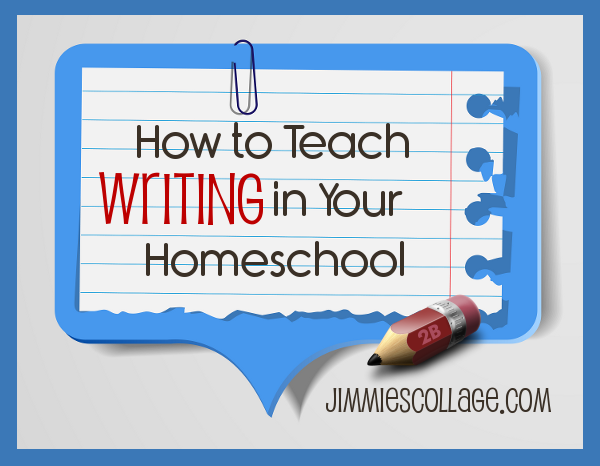 In fact, the problem is not only this.
In fact, the problem is not only this.
Let's try to figure out why not all children manage to write words without mistakes.
The reasons may be:
Ignorance of the rules
Often a child makes mistakes if he does not know how to spell certain words correctly.
The Russian language has rules that require the traditional spelling of words, regardless of pronunciation. For example, "zhi-shi" write with the letter "and", "ca-cha" write with the letter "a".
Also, do not forget about the rule of selection of test words and dictionary words, the spelling of which you just need to remember.
If a child does not know these rules well enough and does not remember the correct spelling of words, then mistakes in writing are inevitable.
Fatigue
Prostock-studio/Shutterstock.com
Missing letters or misspellings of words also occur due to the child's fatigue, fatigue and malaise. Attention becomes distracted, and the student makes a mistake even in those words with the spelling of which he is perfectly familiar.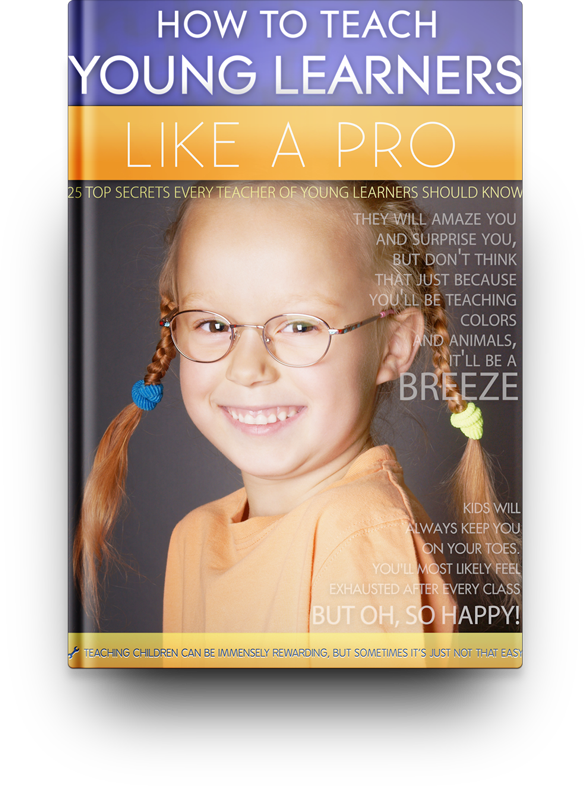
Read also About school workloads: how to prevent overwork in a child?
Fear of bad grades
The child is afraid of getting a bad grade for a dictation or an essay. Unable to concentrate on the task, distracted. And he definitely makes a mistake: he does not add words, he rearranges syllables in places.
The appearance of such a fear is often associated with the fact that parents are too strict with the child's progress.
Specific problems
These include left-handedness, including retrained, as well as bilingualism in the family. All this contributes to the fact that the child may have problems with the correct spelling of words.
Dysgraphia
Often mistakes in writing are due to the fact that the child suffers from dysgraphia.
Learn more about this violation in the next section.
What is dysgraphia?
Prostock-studio/Shutterstock.com
Dysgraphia is a writing disorder characterized by persistent and repetitive errors. Dysgraphia is associated with the underdevelopment of certain areas of the brain. Therefore, the child does not possess the skills of speech analysis and synthesis.
Dysgraphia is associated with the underdevelopment of certain areas of the brain. Therefore, the child does not possess the skills of speech analysis and synthesis.
According to 2018 data, about 37% of Russian schoolchildren suffer from dysgraphia.
What errors indicate dysgraphia:
- omissions of letters and whole syllables in words;
- adding extra letters to words;
- substitutions for letters that are similar in spelling;
- mirror image of letters;
- continuous spelling of words;
- incorrect word agreement;
- illegible handwriting.
A speech therapist and a neurologist deal with the correction of this disorder. In difficult cases, drug therapy is also used.
How to write a dictation correctly: teachers' secrets
Prostock-studio/Shutterstock.com
Many parents are concerned about the question - how to teach a child to write dictations without mistakes? After all, dictation texts begin to be given to students already in elementary school.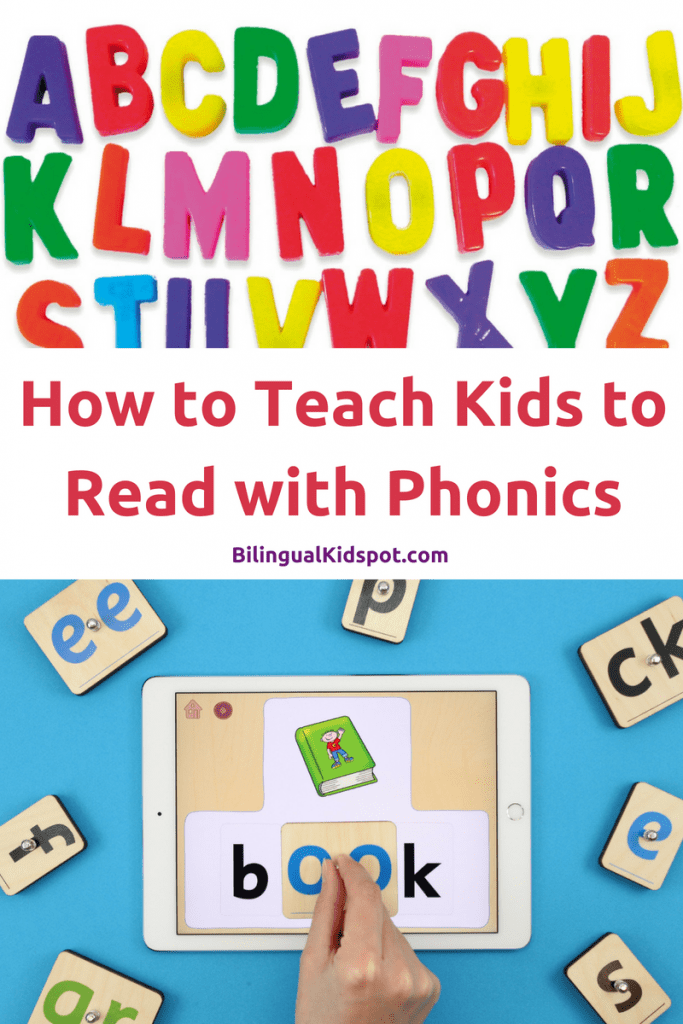
Teachers reveal the secrets of successful dictation writing.
Secret #1. Develop fine motor skills, train your fingers
Modeling, appliqué, finger games are useful. They contribute to the development of the skill of beautiful and accurate writing.
Secret #2. Regularity is important
To learn something, you need to practice this action as often as possible. This applies to both driving a car, playing a musical instrument, and the ability to write correctly.
Make it a rule to write two dictations a week with your child. Repeat difficult words for him 2-3 times.
Do not focus on misspellings by underlining errors with red ink. It is better to put the difficult word in the dictionary and repeat the rule with the child, which will help to write this word correctly.
Secret #3. Properly designed workplace
The place where the child learns lessons should be well lit and equipped with the necessary furniture.
It is also important to teach your son or daughter how to sit at a table with a straight back and hold a notebook at a 45 degree angle.
If the child sits in an uncomfortable position, there is excessive muscle tension, which leads to rapid fatigue.
Find out more about the proper organization of the workspace for a student of any grade.
Secret #4. Reading aloud
Prostock-studio/Shutterstock.com
It is recommended to start reading fairy tales, nursery rhymes, nursery rhymes to your child from early childhood. When he learns to read on his own, ask him to read each word as it is spelled so that he remembers the correct spelling. Let him pronounce all the words from the text clearly and distinctly.
After that, you can proceed to reading as we speak.
Children also like it when their parents read along with them from roles with a certain intonation that matches the character's character.
Secret #5. Teaching through passion
Any, even the most complex material, is easier to learn through play.
The school game will be useful, where the child appears both as a student and as a teacher.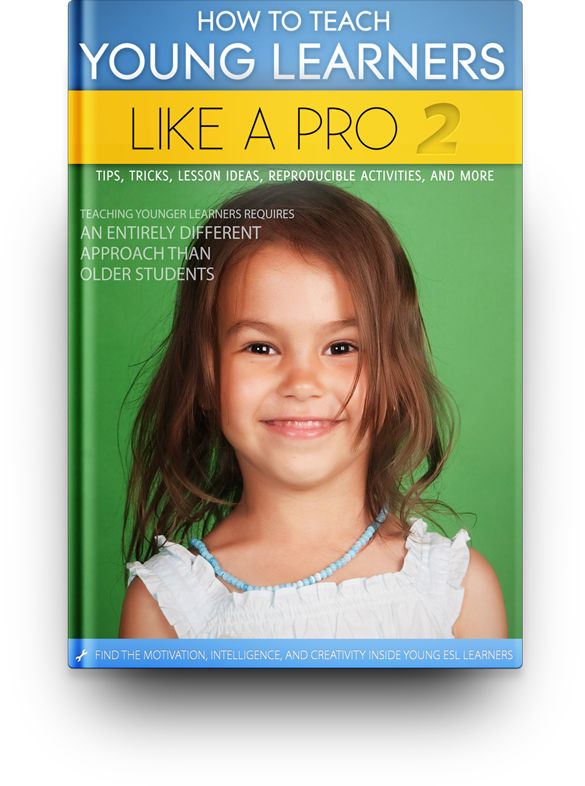 Let him try to conduct a dictation for his parents himself and check for mistakes.
Let him try to conduct a dictation for his parents himself and check for mistakes.
Secret #6. Listen carefully
Explain to your child the rules for writing dictations:
- Pay attention to the pauses when the teacher reads the text.
- Do not start writing until the sentence has been read to the end.
- Don't cheat from your neighbor. He may be wrong himself.
- When you write a compound word, say it out loud in syllables.
- Don't rush to turn in your notebook. Check your work carefully again.
When sending your child to school, take care not only of his readiness, but also of his safety. Purchase a children's GPS watch or install the Find My Kids app on your phone. With their help, you can check how your child's lessons are going, whether peers or teachers offend him at school. And if a student walks to school on his own, you can see which route he takes (and assess his safety) and where he is at the moment.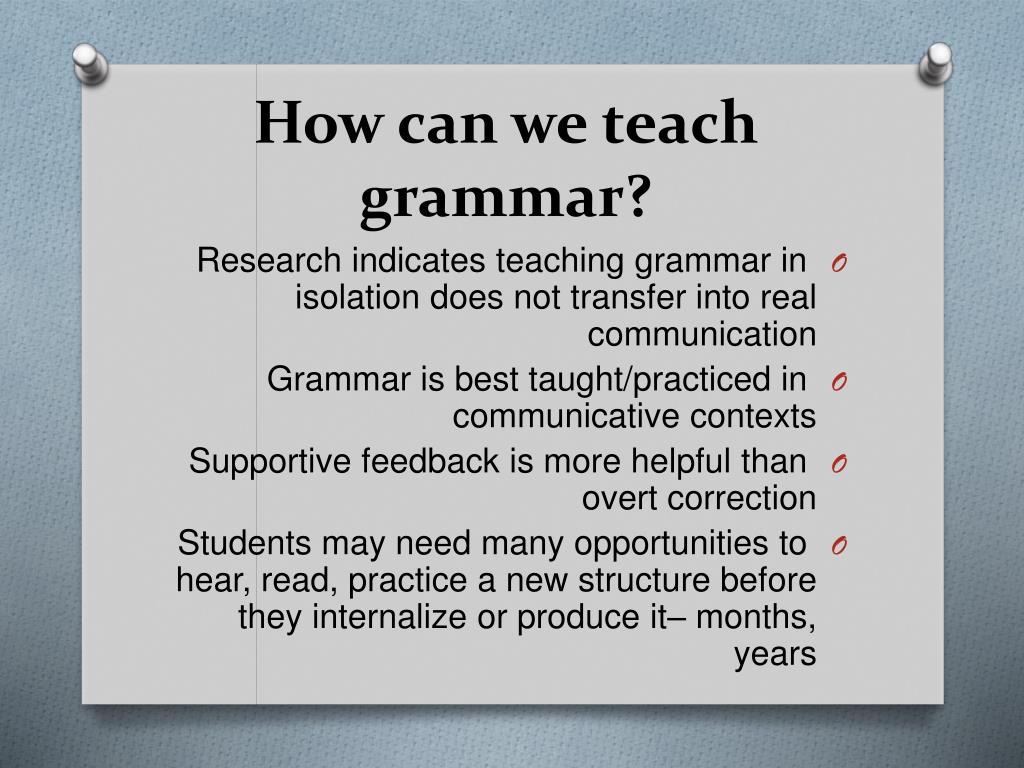
Learning to write without mistakes
Prostock-studio/Shutterstock.com
Tips for elementary school students and their parents
Proper motivation
The child must understand why he needs good writing. A competently writing and speaking person always commands respect from others. Moreover, these skills are sure to come in handy in business life. Yes, and a regular SMS message is more pleasant to read when it does not contain grammatical errors.
Education in the form of a game
As we have already said, it is easier for a preschooler, like a primary school student, to memorize the material if it is presented in a playful way. The following games will be useful:
1. Find and mark
The child is offered a text in which, for example, you need to circle the letter “l” and cross out the letter “a”.
2. Echo
Adult reads the word. The task of the child is to reproduce the ending of this word. Then write it in a notebook and highlight the ending with a special sign.
Then write it in a notebook and highlight the ending with a special sign.
3. Find the word
The child is offered a text in which you need to find a word according to certain characteristics. For example, all words beginning with the letter "c" or all words ending in the letter "a".
4. Write a word
Prostock-studio/Shutterstock.com
Mom or dad lays out cards with letters in front of the child. The task of the child is to make a word out of them. It is better to start with simple words: “house”, “garden”, then move on to more complex ones: “hello”, “desk”, “chest of drawers”, etc. If the child finds it difficult to complete the task, he is given only the letters that make up the desired word.
You can complicate the game: make up the name of your favorite fruit or sweet from letters. In this case, the child chooses the word himself.
These and other games will help schoolchildren to learn how to write even the most complex words carefully and without mistakes.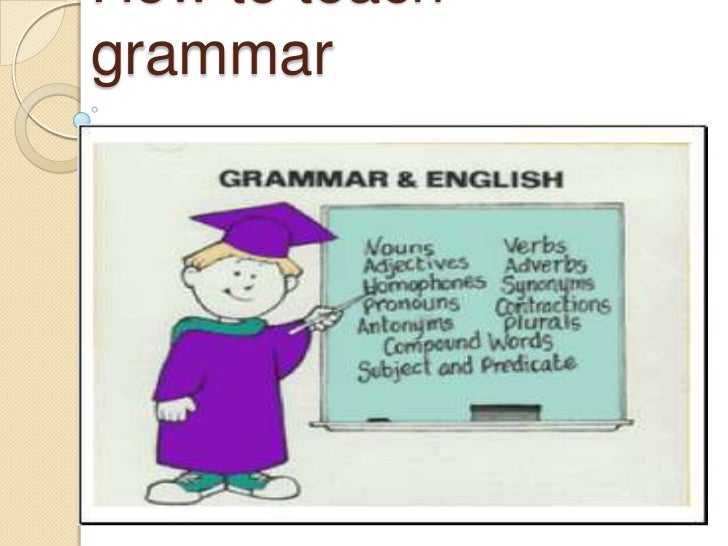
Don't forget about physiology
You don't need to force your child to sit at the table for hours and achieve even calligraphic handwriting. Otherwise, classes will turn into torture for him. 20-30 minutes a day devoted to the development of literate writing is enough for a primary school student.
Also find out what to do if your child does not want to study and do homework.
How to help a middle school child?
Prostock-studio/Shutterstock.com
If your child hasn't developed the skill of literate writing after elementary school, then it is necessary to continue this work in the middle classes.
The following exercises will help students:
Find the mistake
The parent writes a text with errors in those words, the spelling of which the child cannot remember in any way. The child's task is to find a misspelled word and remember the rule that should be followed when writing this word.
Dictionary of compound words
It is necessary for recording vocabulary words and words in which the child constantly makes mistakes.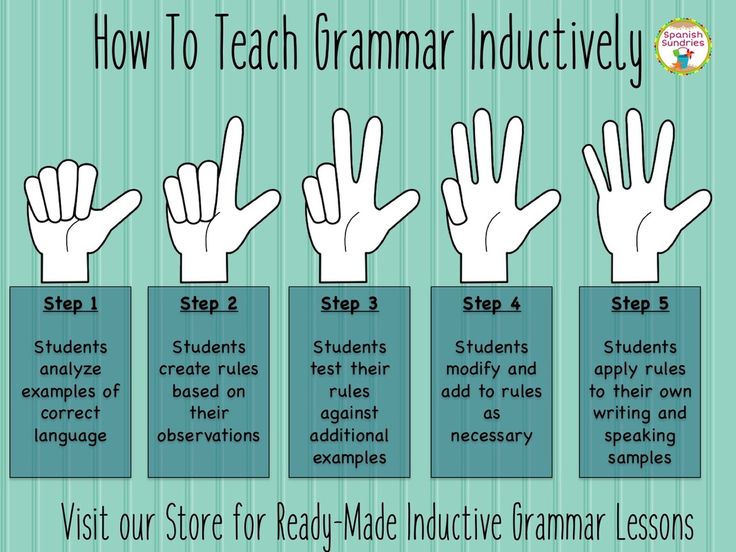 An adult dictates words from it first, and then sentences with these words, checking the spelling.
An adult dictates words from it first, and then sentences with these words, checking the spelling.
Life hack: find the right motivation for student learning. Together come up with a desired goal for which the child will save by completing certain tasks from the parent. The Find My Kids app and the new Kids Tasks feature help make this happen!
Make up a sentence
The child is offered cards with words, from which he must make a sentence and write it down in a notebook. An adult checks the correct spelling of words and literacy of the text.
Missing words
The child picks up the missing words. For example: “It melts in the spring ...., they run ...., they fly in from the south ....”
Make a word
The same exercise as for elementary grades, but with more difficult words. For example, terms from any area (recycling, abbreviation, dissimilation, and others).
Compose a crossword puzzle
A child composes a crossword puzzle for parents on a specific topic, for example, based on the works of A.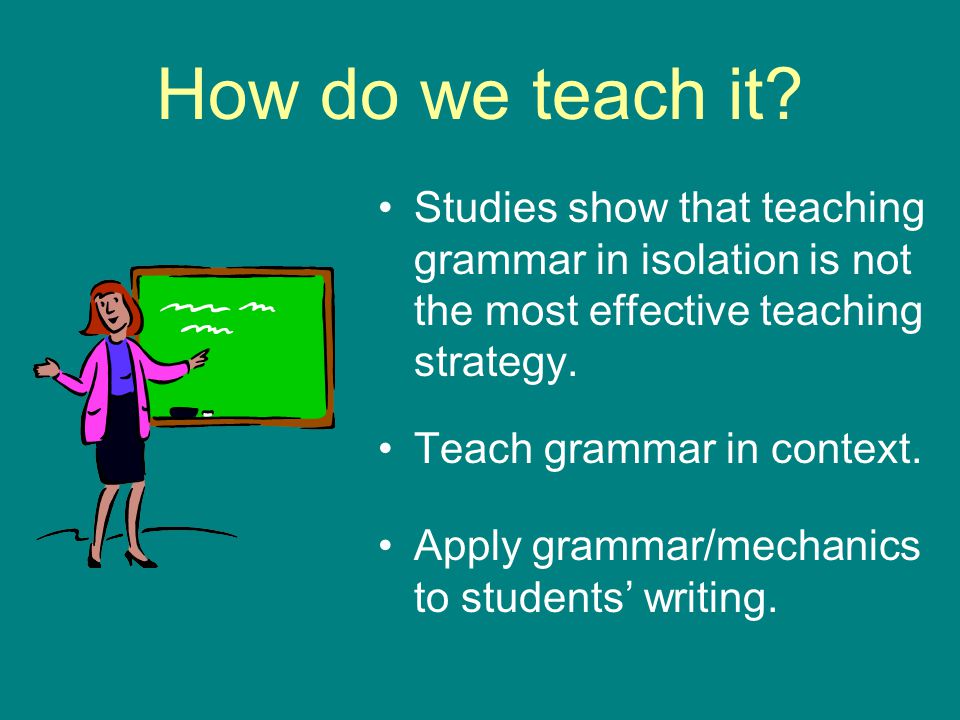 S. Pushkin, and for him they are from words that are difficult to spell.
S. Pushkin, and for him they are from words that are difficult to spell.
Competent writing among high school students and adults: is it possible to learn?
Prostock-studio/Shutterstock.com
There is an opinion that if a child does not learn to write correctly from the first grade, then this skill will remain unattainable for him in the future.
But experts say that this is not so. Writing beautifully and without mistakes can be learned at any age.
Tips for high school students and adults to achieve good writing:
- Be patient
If you really want to learn how to write well, it will take time and desire, as well as perseverance in achieving the goal. Classes should be regular. It is better if they take place at the same time. So your brain will quickly get used to the need to improve writing.
- Get in the habit of using a spelling dictionary if you don't know the correct spelling of a word
- Read a lot and enjoy it
Reading develops attention and visual memory.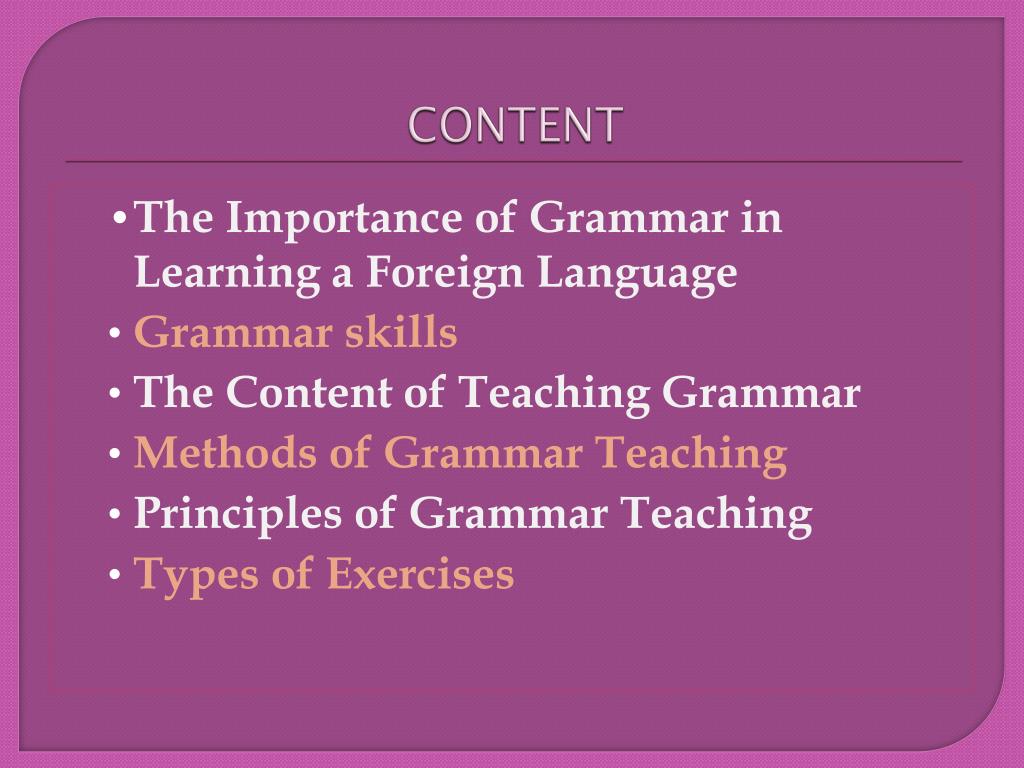 When reading a text, you unconsciously memorize the correct spelling of words, including complex ones. And if at the same time you also pronounce it, motor memory is included in the matter. Choose books that suit your interests, but it is better to give preference to the classics.
When reading a text, you unconsciously memorize the correct spelling of words, including complex ones. And if at the same time you also pronounce it, motor memory is included in the matter. Choose books that suit your interests, but it is better to give preference to the classics.
Prostock-studio/Shutterstock.com
- Copy your favorite expressions, quotes from the book
The more the better. Pay attention not only to the correct spelling of words, but also to punctuation marks.
- Learning poetry by heart also contributes to the development of literate speech
- It will not be superfluous if you involve a friend, girlfriend, husband or wife in classes
You can even arrange a competition "Who will write more texts without errors?"
- Create your own difficult words dictionary and write down words whose spelling is difficult for you to remember. And periodically reread them
- Repeat those rules of the Russian language that you forgot from the school curriculum
- If self-study does not benefit you, use the services of tutors
You can learn to write correctly and without mistakes at any age, both for a child and an adult.





